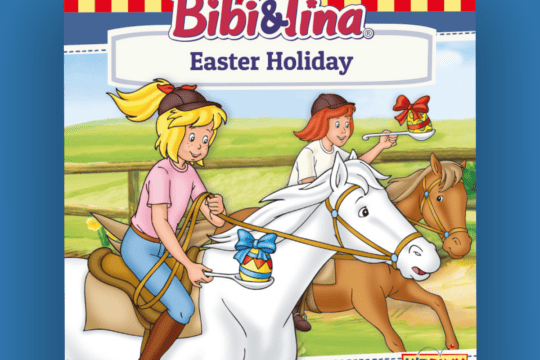
HomePony Know HowRiding TipsFlatworkIt’s showtime!
-
Pony Care Tips
Learn everything you need to know about caring for your fave pony. From feeding and grooming to mucking out – we have it all here!
-
Riding Tips
Improve your riding with our fab articles! Whether it's building your confidence, riding shapes, or jumping spreads that you need tips on, we have something for every rider.
Latest News
It’s showtime!
Posted in Flatwork
Want to try your hand at showing, but not sure where to start? PONY is here to help
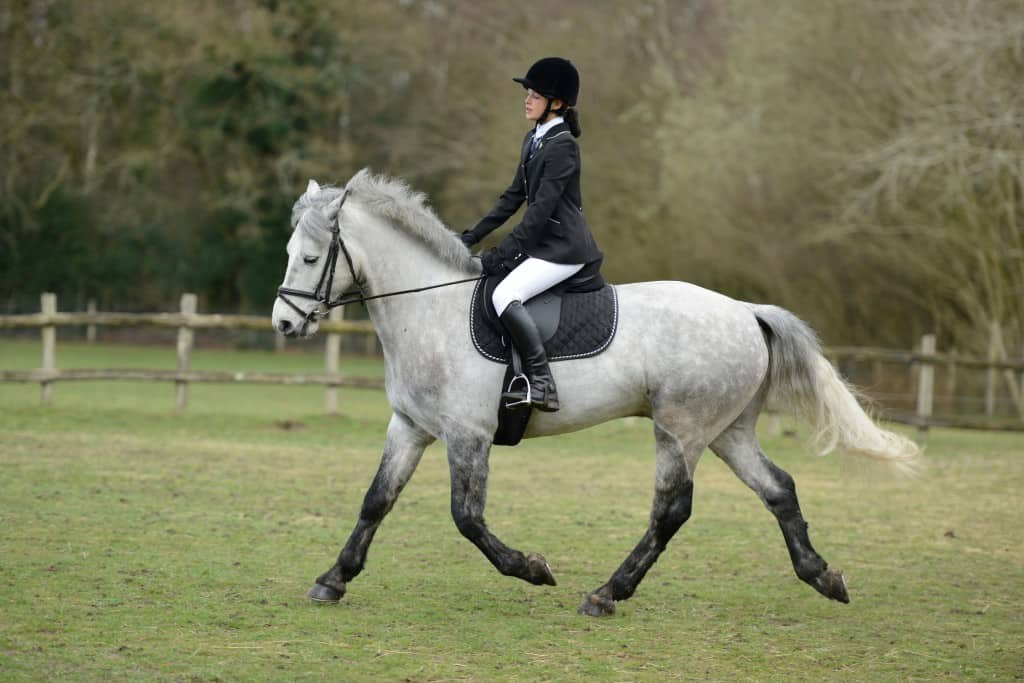
Showing is a great activity to do with your fave pony – with loads of different classes to try, so there’s something for everyone and loads of rosettes up for grabs! In a showing class you compete alongside ponies of a similar type, displaying their characteristics and way of going to the best of their abilities to the judge. You can also impress them with your spotless turnout!
In-hand showing
In-hand showing is a great way to get started without the added pressure of riding! You’ll lead your pony around the ring in a group in front of the judge, then the judge will assess each pony individually. They’ll look at how your pony stands, then ask you to walk away and trot back towards them in a straight line. They might ask you a few questions about your pony as well, like his age or breed, so don’t be caught out!
The judge will look for a well turned-out pony, with forward, balanced paces. In type-based classes, such as mountain and moorland, the judge will look for ponies who are ‘true to type’ – that is, they have the typical characteristics of their breed.
Ridden showing
There are loads of different ridden showing classes to choose from, so if you’re not sure, have a look at our guide to what’s what below.
When you start a ridden showing class, you’ll walk around the ring with the other competitors. Once you’re all settled, you’ll be asked to trot and canter as a ride on both reins. The judge will be watching closely even in this group phase, so ride confidently – sit up tall and remember to smile!
The judge will then ask you all to line up in the middle of the ring – the order in which they call you in is often the order they think you might be placed. But don’t panic if you’re called in near the end – you still have your individual show to wow the judge with!
The most common individual show is a figure-of-eight including walk, trot and canter on both reins. Some classes might also ask you to show a short gallop, so check the schedule if you’re unsure. Practise your routine at home, and while you’re waiting for your go in the line-up, plan exactly where you’ll ride. Remember – your show shouldn’t be more than three minutes long.
When all the competitors have finished their individual shows, you’ll walk back out onto the track together and ride around the ring. The judge will then call you back into the middle in order of the placings. Make sure to thank the judge if you win a rosette, and don’t be disappointed if you don’t! The great thing about showing is there are always plenty of other classes for you to have a go at.
Class conundrums
Most shows have a huge choice of classes to enter, so it can be confusing to know which ones are best for you and your pony. Larger classes are often split into height sections, so make sure to check the schedule. Some of the most common classes include…
- Pony Club pony – any pony can enter this class. The judges will be looking for a forward-moving, polite pony who can turn his hoof to anything and is well turned-out. You’ll be asked to pop a small jump in this class, too.
- working hunter pony – handsome, working-type ponies do well in this class. You’ll be asked to jump a course of rustic fences before the flatwork part of the class. Judges will look for ponies in a balanced, rhythmical canter, who jump cleanly and don’t rush or pull.
- show pony – finer-built ponies do well in this class. Judges look for pretty and elegant ponies, who are turned out beautifully and have flashy paces.
- mountain and moorland – these classes are for native pony breeds, such as Connemaras, New Forests and Exmoors. Judges will be looking for ponies who are a good example of their breed. Native ponies should be shown unplaited.
- veteran – these classes are dedicated to our favourite golden-oldies! The schedule will state the minimum age for ponies to be entered. The judge will look at condition, turnout and movement relative to their age.
- coloured classes – these are specially for piebalds, skewbalds and other unusually marked or coloured ponies. Ponies can usually be any size or build.
- prettiest mare or most handsome gelding – these classes are open to any ponies, and are a great place to start if you haven’t done any showing before! Make sure your pony is sparkling-clean, smile, and enjoy it.


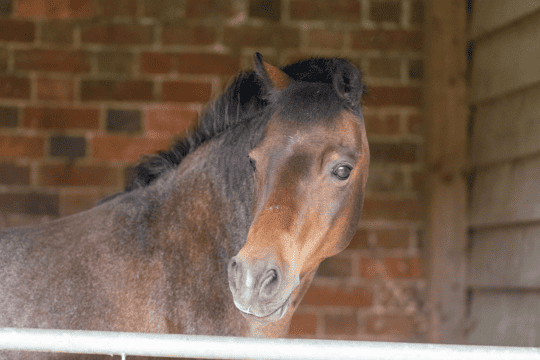
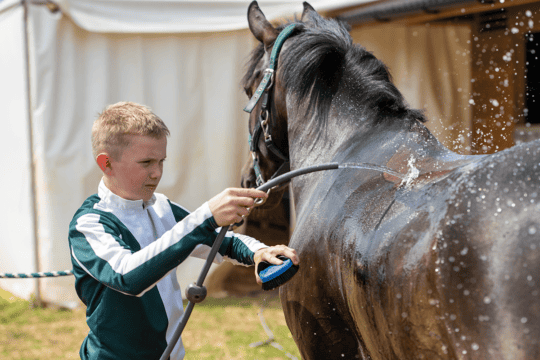
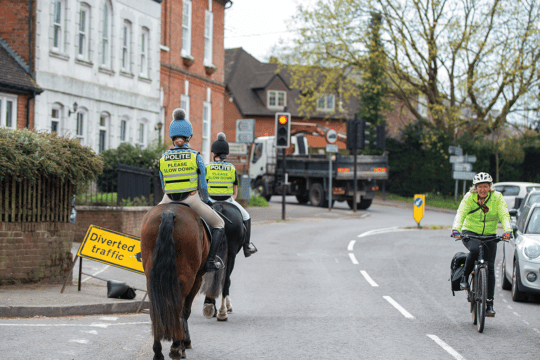
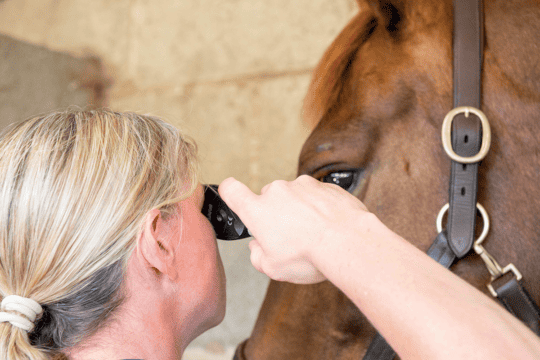


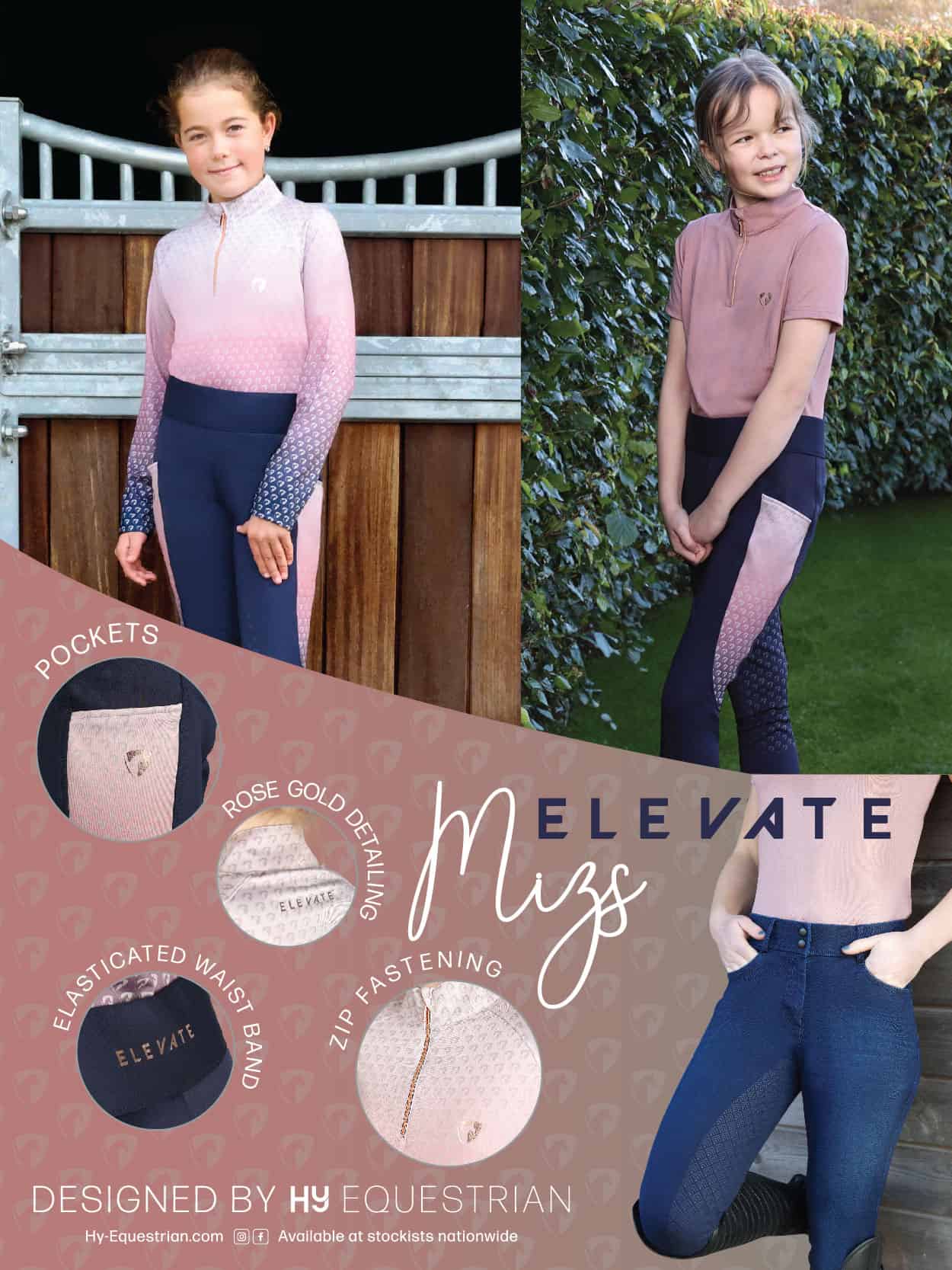





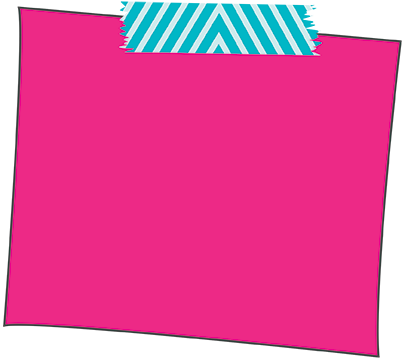







Leave a Reply
You must be logged in to post a comment.